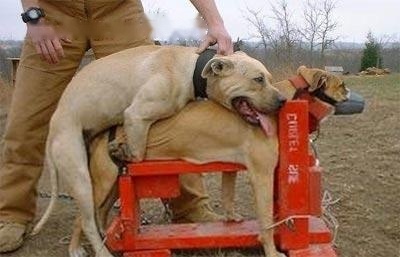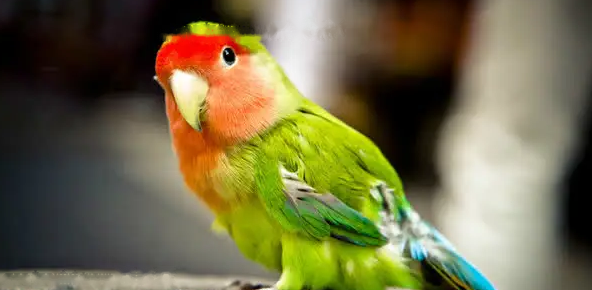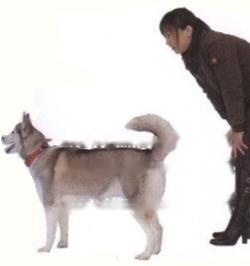
dogs3 common matching methods
dog selection There are generally three methods of matching, each with their own advantages and disadvantages. The following is a brief introduction to these three common dog matching methods:
1. Non-close relative matching of dogs of the same breed
This is the most common method of dog matching. It can meet two conditions: 1. The same dog breed; 2. The male and female dogs that meet the kinship relationship of more than 5 generations are mated.
This mating retains certain advantages while avoiding the pitfalls of inbreeding and is a popular method of mating.
2. Cross-matching
Cross-matching is to breed offspring with different kinds of dogs.
The advantage of cross-matching is that it can produce hybrid vigor. Such puppies are very skinny, just like humans, they belong to mixed breeds, and the vitality and production performance of such puppies will be reduced. Better, less prone to getting sick.
But unfortunately, the name of this kind of puppies is not very pleasant. They are often called chuaner or mongrel dog. Difficult to attend. If you care about your dog's pedigree, don't let your dog mate this way.
3. Consanguineous Matching
Consanguineous matching refers to the close blood relationship between male and female dogs, such as: father and daughter, Mating between mother and child, brother and sister, half-sister, half-sister. Its purpose is to obtain good heredity, so that the dog's character is fixed.
But this shortcoming is also obvious, which often leads to a large number of genetic diseases, such as: weak disease, disease, poor vitality, low conception rate, low litter size, unstable temperament, congenital defects (such as missing teeth, cleft palate, deformity, inverted eyelashes, blindness, deafness, cryptorchidism) and other phenomena.
Of course, inbreeding is not absolutely impossible to use. Using some characteristics of inbreeding and easy purification, it is possible to screen from a large number of materials and cultivate ideal purebreds. But in general, if you do not have the need to breed purebred dogs or compete in competitions, it is recommended that you try to avoid this method.
![[Dog Training 5] The training method of pet dog dining etiquette](/static/img/12192/12192_1.jpg)




